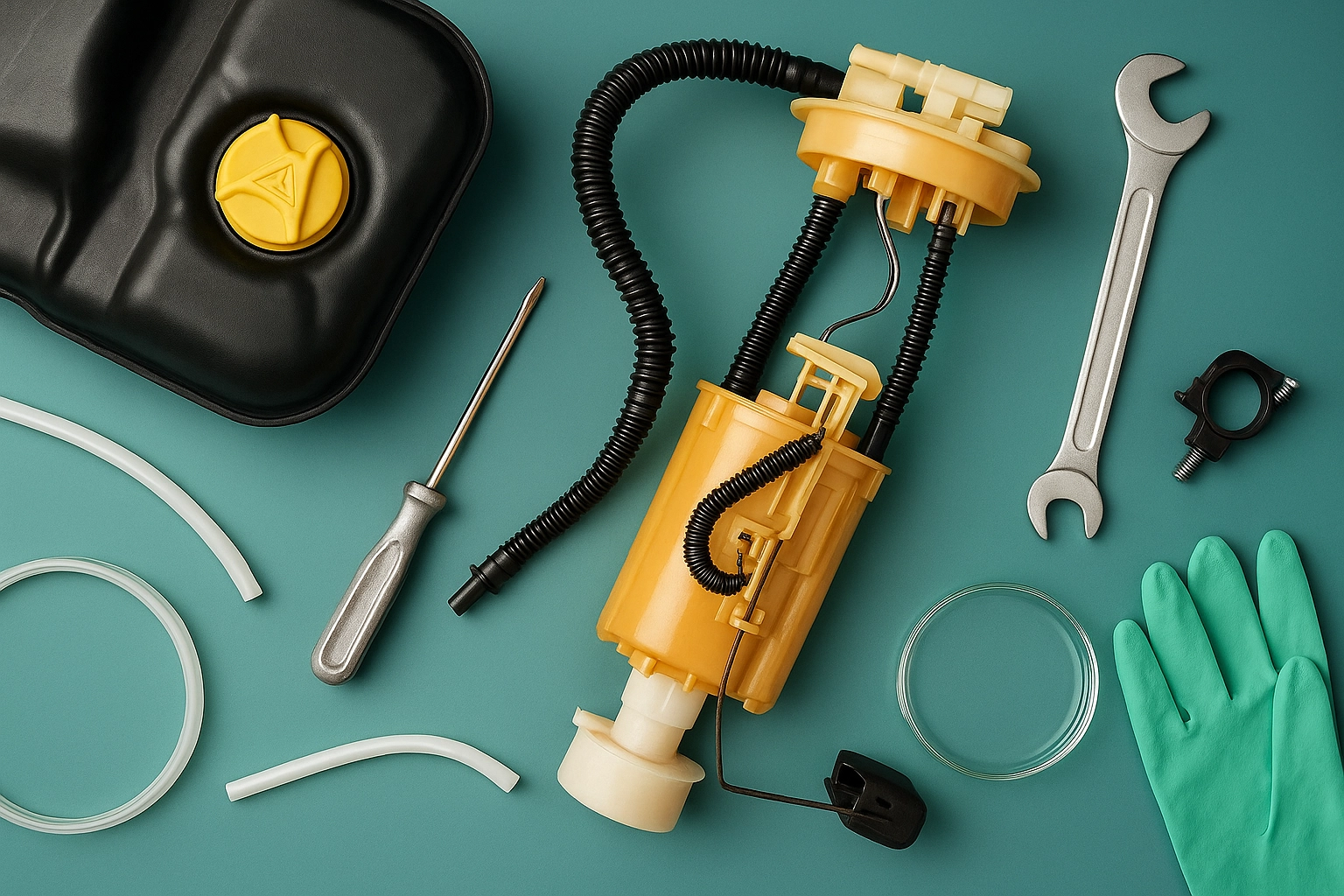ISO 15500 12 CNG Fuel System Valve Test
The ISO 15500 series of standards is a comprehensive framework for fuel system testing in automotive applications. This particular test, ISO 15500-12, focuses on the integrity and performance of compressed natural gas (CNG) fuel system valves under various operational conditions. These valves are critical components that ensure safe and efficient operation of CNG fuel systems.
The test is designed to simulate real-world conditions in which a valve may operate, thereby assessing its resistance against wear and tear, pressure fluctuations, and potential damage from harsh environments. Understanding the performance characteristics of these valves under such conditions ensures that vehicles can maintain peak operational efficiency throughout their lifecycle.
Testing according to ISO 15500-12 involves subjecting a CNG fuel system valve to specific cycles of pressurization, flow regulation, and temperature changes. The goal is to evaluate the valve’s ability to handle these conditions without compromising its functionality or integrity. This process often includes detailed inspections using non-destructive testing methods like ultrasonic flaw detection (UT) and visual inspection to ensure that any defects are identified.
When selecting a laboratory for this test, it's crucial to choose one with expertise in automotive fuel systems and extensive experience in conducting ISO 15500-12 tests. This ensures accurate results that can be relied upon by quality managers, compliance officers, R&D engineers, and procurement teams.
Compliance with these standards is not only essential for meeting regulatory requirements but also helps manufacturers ensure product reliability and customer satisfaction. By adhering to the ISO 15500-12 guidelines, companies can demonstrate their commitment to producing high-quality automotive components that meet global safety and performance benchmarks.
The testing process begins with thorough preparation of the fuel system valve. This includes cleaning the specimen according to specified procedures, ensuring it is free from any contaminants or residues that could affect test results. Once prepared, the valve undergoes a series of pressure cycles, which simulate the operational pressures encountered during vehicle use.
During these cycles, various parameters such as flow rate and temperature are closely monitored using advanced instrumentation. The data collected helps in assessing the valve's performance under different conditions, providing insights into its durability and reliability. After each cycle, visual inspections and non-destructive testing methods are employed to check for any signs of damage or wear.
Upon completion of all specified cycles, a detailed report is generated summarizing the test findings. This document serves as evidence of compliance with ISO 15500-12 standards and provides valuable information that can be used by manufacturers during design iterations or improvement processes. It also supports regulatory bodies in ensuring adherence to safety regulations.
By incorporating rigorous testing procedures like those outlined in ISO 15500-12 into their quality assurance programs, automotive companies can enhance trust among consumers while meeting stringent industry standards. This approach fosters innovation within the sector by encouraging continuous improvement and development of safer, more efficient fuel systems.
Applied Standards
| Standard Number | Description |
|---|---|
| ISO 15500-12 | Compressed Natural Gas (CNG) Fuel System Valve Test |
Scope and Methodology
The ISO 15500-12 test focuses on evaluating the performance of CNG fuel system valves under specific conditions. The scope includes testing the valve's ability to withstand pressure cycles, flow regulation, temperature changes, and other operational stresses.
- Pressure cycling: Simulates real-world pressures encountered during vehicle use.
- Flow rate monitoring: Ensures accurate measurement of gas flow through the valve.
- Temperature variation: Tests the valve's performance across a range of temperatures.
The methodology involves subjecting the valve to these conditions in controlled laboratory environments. Throughout the testing process, detailed records are kept for each parameter measured, ensuring comprehensive documentation of the test results.
At the completion of all specified cycles, visual inspections and non-destructive testing methods like UT are performed to assess any signs of damage or wear. This information is then compiled into a final report that documents the valve's performance during the ISO 15500-12 test.
Why Choose This Test
- Ensures compliance with international standards for CNG fuel system valves.
- Provides valuable data on valve durability and reliability under real-world conditions.
- Supports continuous improvement of automotive components.
- Facilitates regulatory compliance and enhances customer trust.
- Offers detailed insights into the performance characteristics of CNG fuel system valves.
- Promotes innovation within the sector by encouraging safe, efficient fuel systems development.
The ISO 15500-12 test is an essential tool for automotive manufacturers looking to ensure their products meet stringent quality and safety standards. By choosing this test, companies can gain a competitive edge in the market through reliable, high-performance components that pass rigorous testing protocols.





